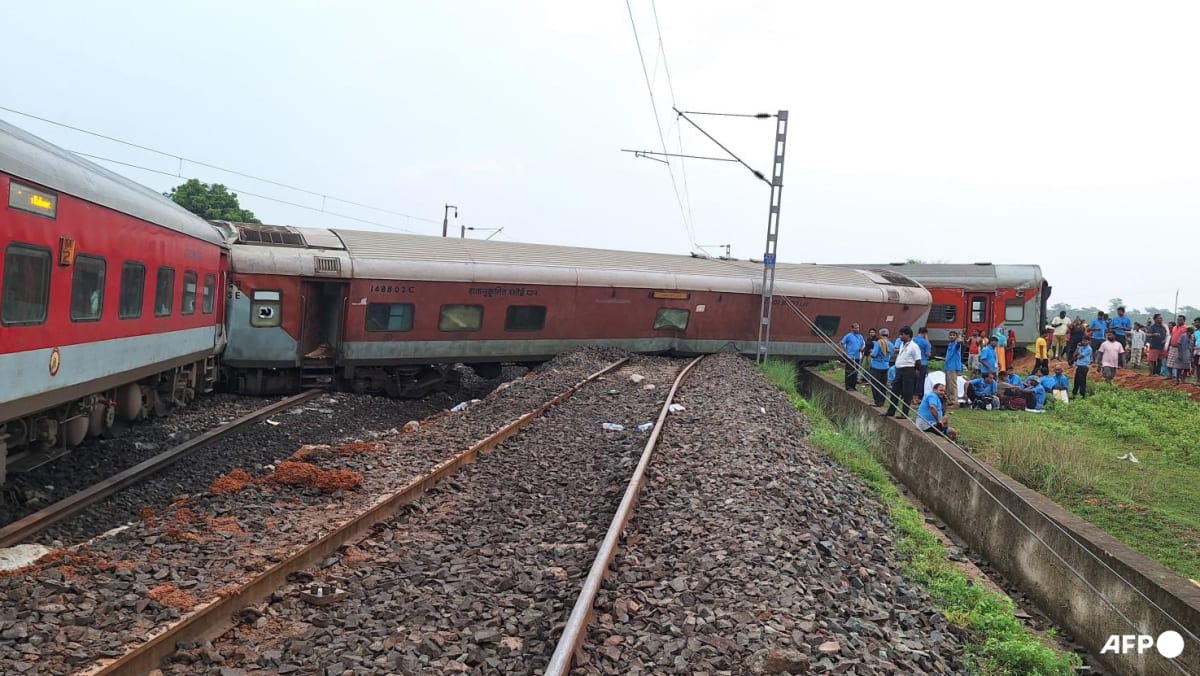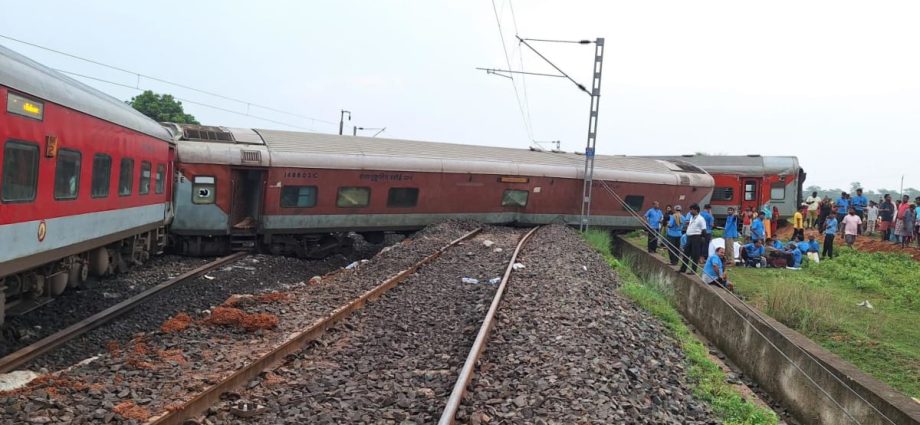
India has launched a US$30 billion railway infrastructure modernisation in a bid to boost the economy and connectivity.
But analysts say that while the number of accidents has gone down over time, India’s antiquated rail system still has a long way to go.
An average of 20,000 people died each year between 2017 and 2021 in rail accidents, according to official records.
Defective tracks, poor maintenance and old signalling kit combined with human error were the main cause of derailments, a report by India’s top audit authority said.
Last year, nearly 300 people were killed when a passenger train and a stationary goods train collided, with the derailed compartments then striking another fast-moving passenger service.
India’s worst rail accident occurred in 1981, when a cyclone blew a train off its tracks and into a river in Bihar state, leaving 800 dead and more than 100 injured.
Indian Railways, the world’s fourth-largest rail network, runs some 14,000 trains daily with 8,000 locomotives over a vast system of tracks some 64,000km long.
The trains carry more than 21 million people each day.

